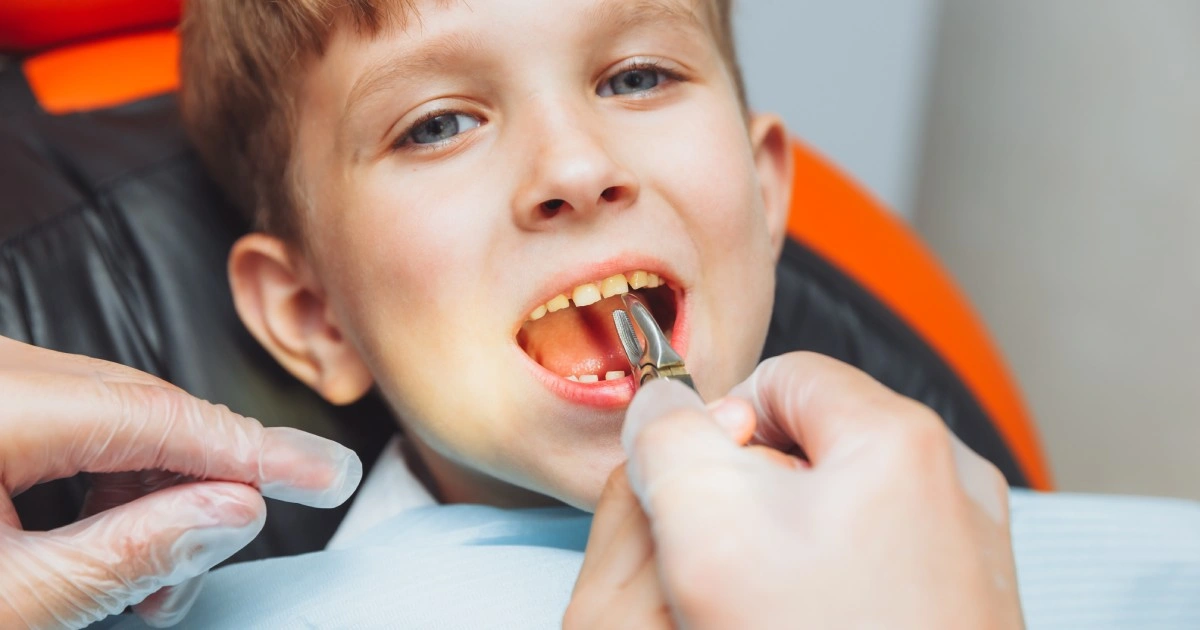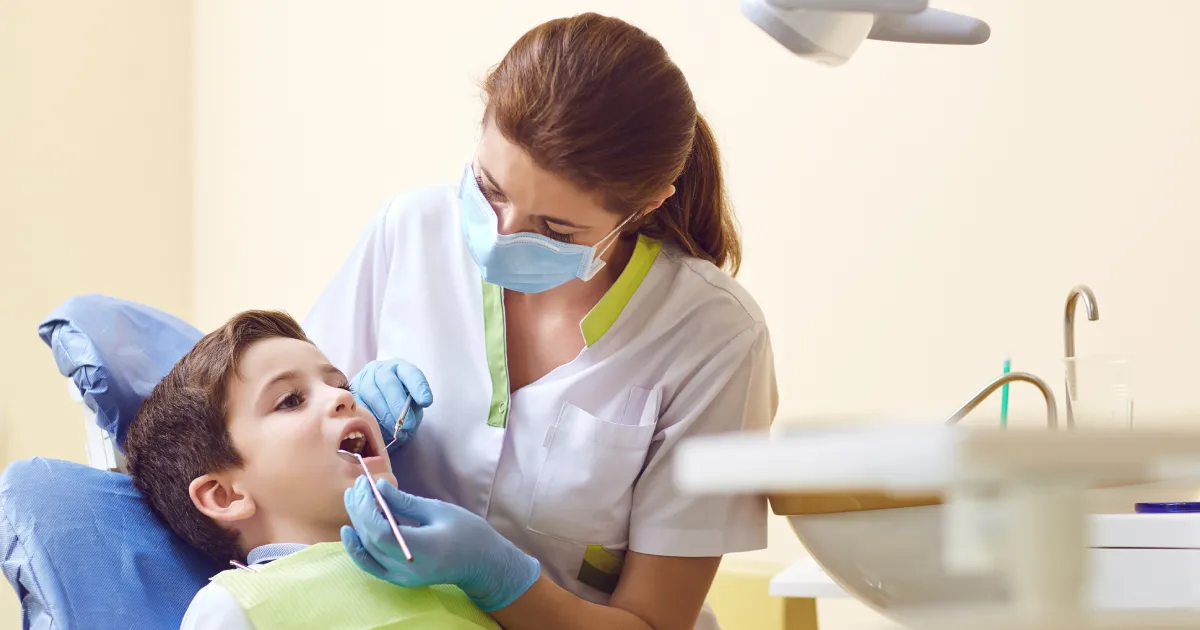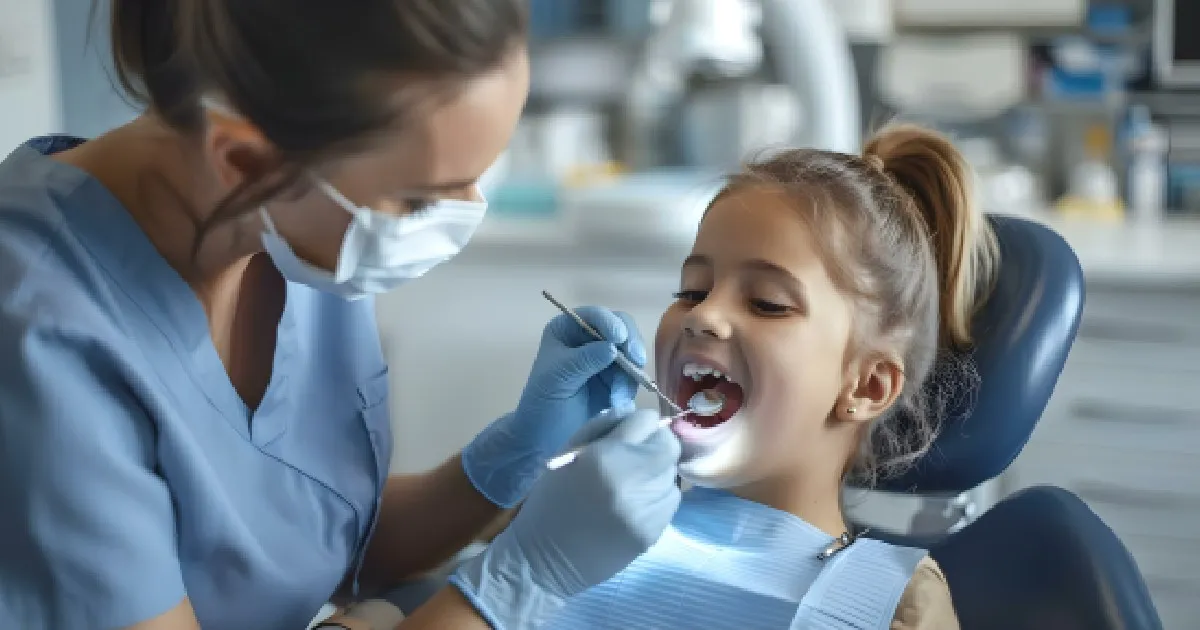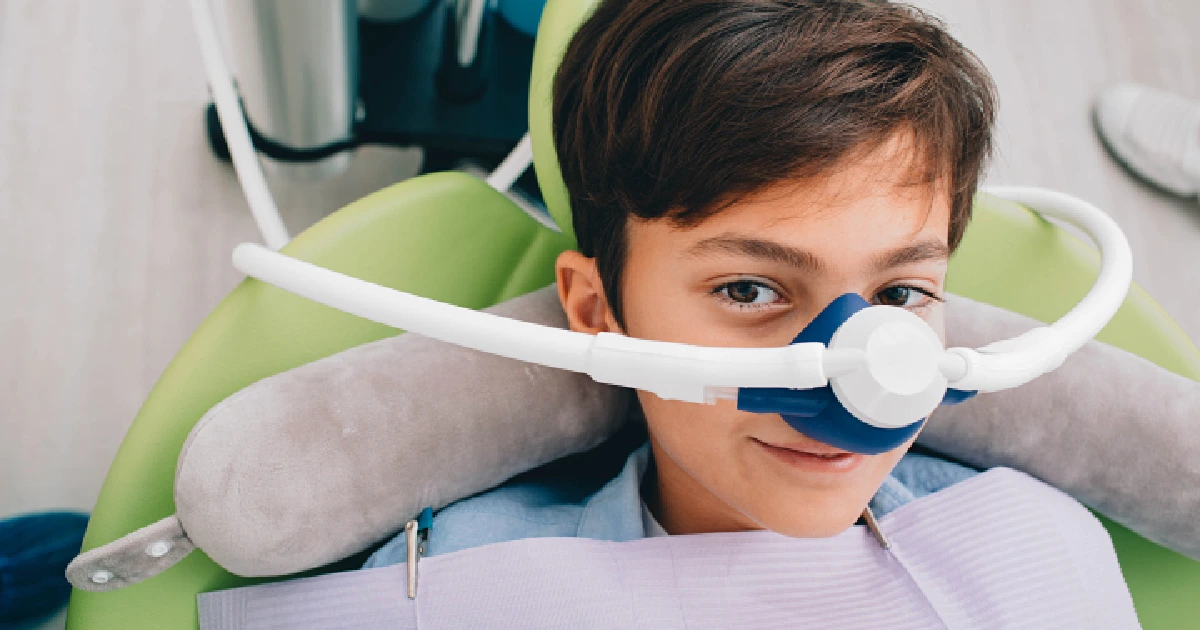Regular dental cleanings are necessary to maintain your child’s oral health. Not only do they help protect against cavities and gum disease, but they also ensure your child’s teeth develop properly and stay strong. Children often struggle with maintaining optimal oral hygiene on their own, making professional cleanings essential. Beyond the visible benefits of clean, white teeth, these visits can detect and address potential issues early, avoiding more serious problems down the road. Knowing the signs that indicate when your child needs a dental cleaning can help you keep their smile healthy and bright. Recognizing these signs and acting promptly can significantly affect your child’s overall dental health.
Early Signs Your Child Needs a Dental Cleaning
Visible plaque and tartar buildup indicate that your child needs professional dental cleaning. Regularly removing these substances helps prevent cavities and gum disease, maintaining your child’s oral health.
Visible Plaque and Tartar Buildup
Plaque is a slimy film of bacteria that accumulates on teeth. If not removed, it can calcify, forming tartar, which can only be done by a dentist. If left neglected, plaque and tartar accumulation can lead to cavities and gum disease. When you notice a whitish film or yellowish deposits on your child’s teeth, it’s a sign that they need a professional cleaning. More than regular brushing and flossing might be required to remove all plaque, especially in hard-to-reach areas.
Persistent Bad Breath
Having chronic bad breath, also known as halitosis, can reveal the formation of bacteria and plaque that a regular toothbrush can’t remove. If your child’s breath remains unpleasant despite good oral hygiene practices, it may be time for a dental cleaning. Dentists can thoroughly clean your child’s mouth, removing the bacteria that cause bad breath and improving their overall oral health.
Behavioral Indicators
Alterations in dietary routines, such as abstaining from certain foods or chewing on one side, can signal dental discomfort in children. Tooth or gum pain complaints should be addressed promptly with a dental visit to prevent further complications.
Avoiding Certain Foods or Chewing on One Side
If your child starts avoiding certain foods or only chews on one side of their mouth, it could indicate dental pain or discomfort. This behavior often suggests the presence of cavities, gum disease, or other dental concerns that need professional attention. A dental cleaning can help identify and address these problems before they worsen.
Complaints of Tooth or Gum Pain
Children may not consistently articulate their discomfort clearly, but complaints about tooth or gum pain should never be ignored. Pain can result from cavities, gum disease, or even more severe issues like abscesses. Analyzing the source of the pain and prescribing the right treatment can be conducted through a professional dental cleaning.
Visual Cues
Discoloration or spots on your child’s teeth may indicate the beginning stages of tooth decay or enamel issues. Swollen or bleeding gums are manisfestation of gum disease that require immediate professional attention to restore gum health.
Discoloration or Spots on Teeth
Discoloration or spots on teeth can indicate decay or enamel issues. White spots might indicate early decay, while brown or black spots suggest more advanced cavities. Regular dental cleanings can help vacate surface stains and allow the dentist to treat any underlying issues early on, preserving your child’s teeth and preventing further damage.
Swollen or Bleeding Gums
Swollen or bleeding gums are often indications of gum disease, which can develop from inadequate plaque removal. If your child’s gums are red, swollen, or bleed during brushing or flossing, it’s a clear indication that they need a professional cleaning. Dentists can provide deep cleaning to remove plaque and tartar below the gum line, helping to restore gum health.
Dental Hygiene Habits
Children might need help with proper brushing and flossing techniques, leading to insufficient cleaning. If your child has difficulty maintaining good oral hygiene or frequently skip brushing and flossing, a professional cleaning can help. Dentists can also educate children on proper techniques and the importance of maintaining a regular oral hygiene routine.
Routine Check-Ups and Preventive Care
It’s recommended that children visit the dentist every six months for regular check-ups and cleanings. If it’s been longer than six months since your child’s last dental visit, it’s time to schedule an appointment. Regular visits help maintain oral health, catch potential issues early, and provide preventive care that keeps your child’s teeth and gums healthy.
Dental Cleaning For Kids: What To Expect
During a dental cleaning for kids, the process begins with an initial examination of the child’s mouth. The dentist or hygienist uses a small mirror to monitor for early indications of decay, gum disease, or other oral health issues needing attention. This step ensures that any problems are identified before the cleaning begins.
The next step involves the removal of plaque and tartar. Plaque is a sticky film of bacteria that can harden into tartar if not removed, and this tartar can only be eliminated using specialized dental tools like a scaler. Removing these buildups is crucial for preventing cavities and gum disease. After the visible plaque and tartar are scraped off, the dentist or hygienist will use a high-powered electric brush and gritty toothpaste to perform a deep clean, removing any remaining tartar and surface stains. The toothpaste used often comes in kid-friendly flavors to make the experience more enjoyable.
Following the deep cleaning, professional flossing removes any residual plaque or toothpaste left from earlier steps, ensuring no debris remains between the teeth. This is followed by rinsing the mouth to wash away any remaining particles, sometimes including a fluoride rinse to strengthen the teeth and prevent cavities.
The final part of the process includes another examination to ensure all plaque and tartar have been removed. Often, a fluoride treatment is applied to provide extra protection against cavities, helping to strengthen the enamel. After the dental cleaning, children’s teeth are visibly cleaner and healthier, with a noticeable improvement in their smiles and breath.
Takeaway
Ensuring your child’s oral health with regular dental cleanings is essential for preventing cavities and gum disease. The dental cleaning process not only removes harmful plaque and tartar but also leaves your child’s teeth clean, polished, and healthy. The difference in dental cleaning before and after is remarkable, showcasing the importance of professional dental care.
For a thorough dentist cleaning that will maintain your child’s bright smile, consider scheduling an appointment with Solomon Kids Dentistry. Our team specializes in making the dental cleaning process comfortable and practical for children, ensuring they receive the best care possible. Don’t wait for visible signs of trouble; regular cleanings are the key to long-term dental health. Contact Solomon Kids Dentistry today to keep your child’s teeth clean and their smile bright.





